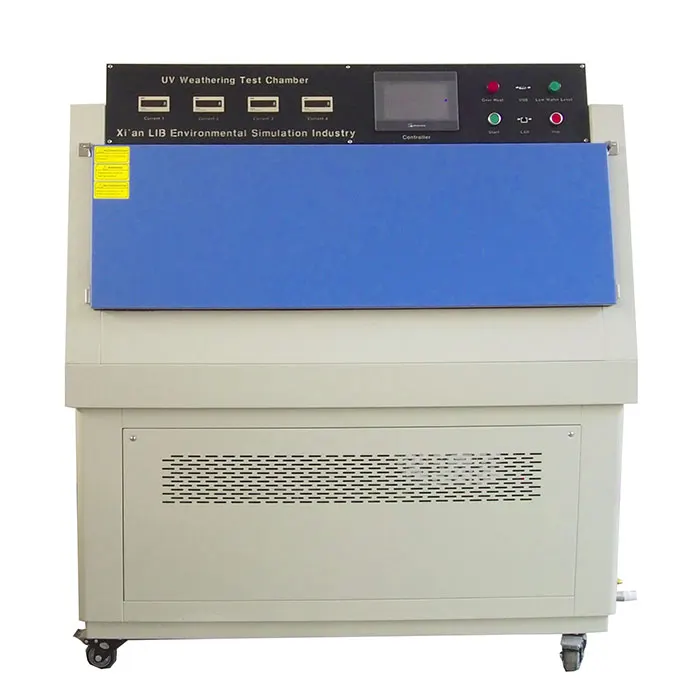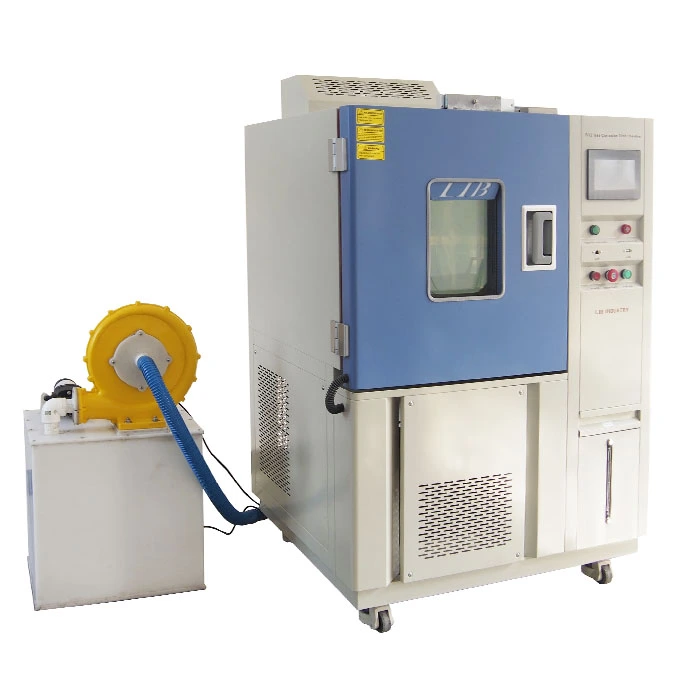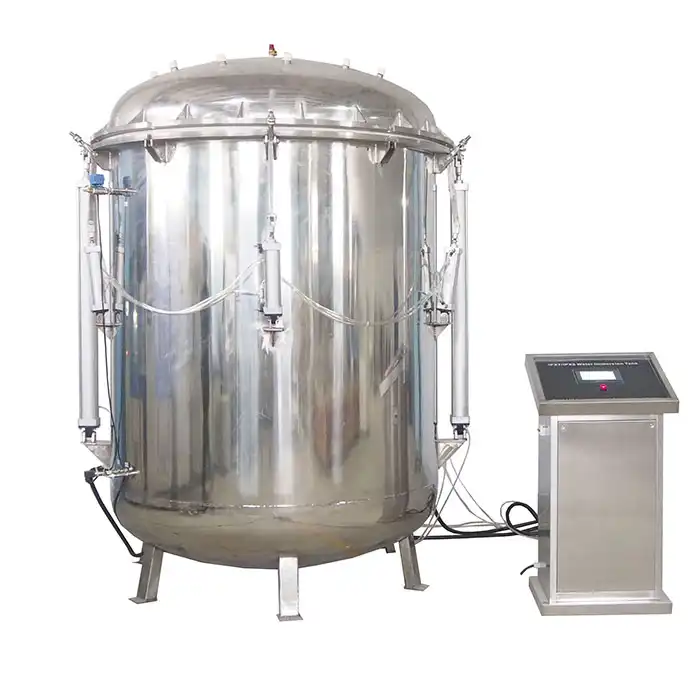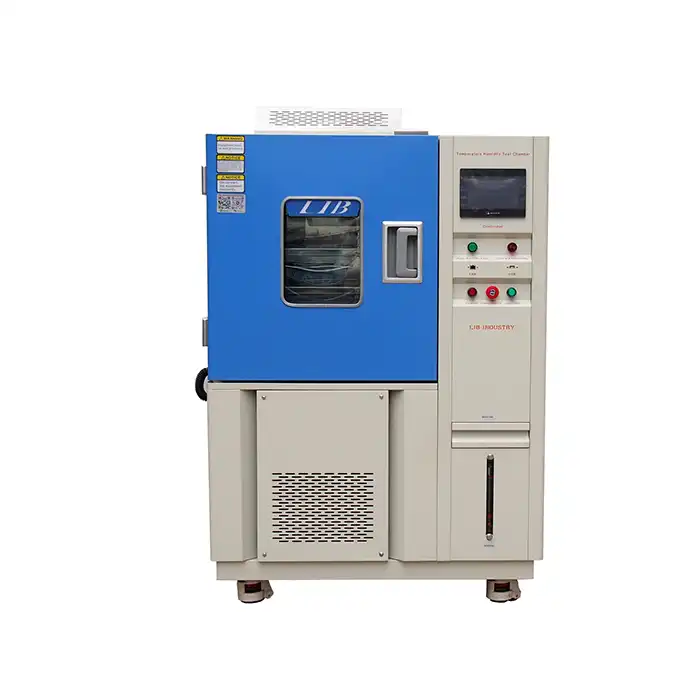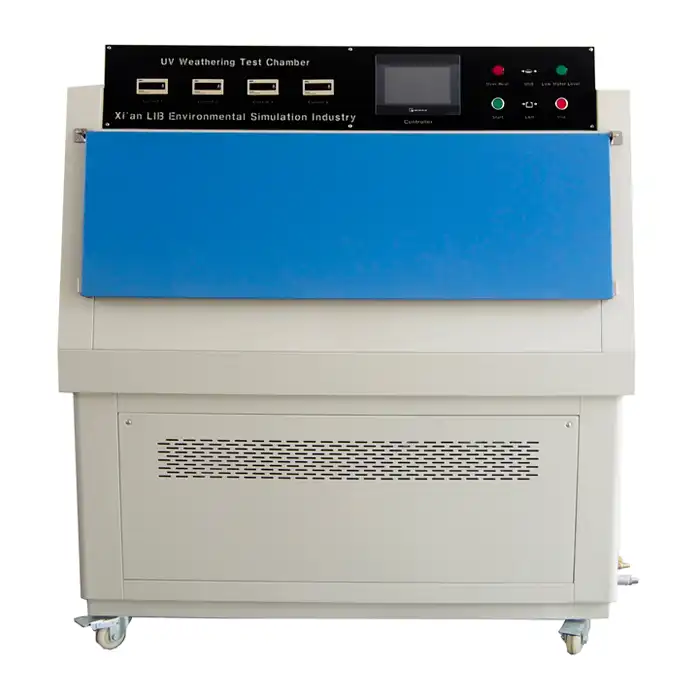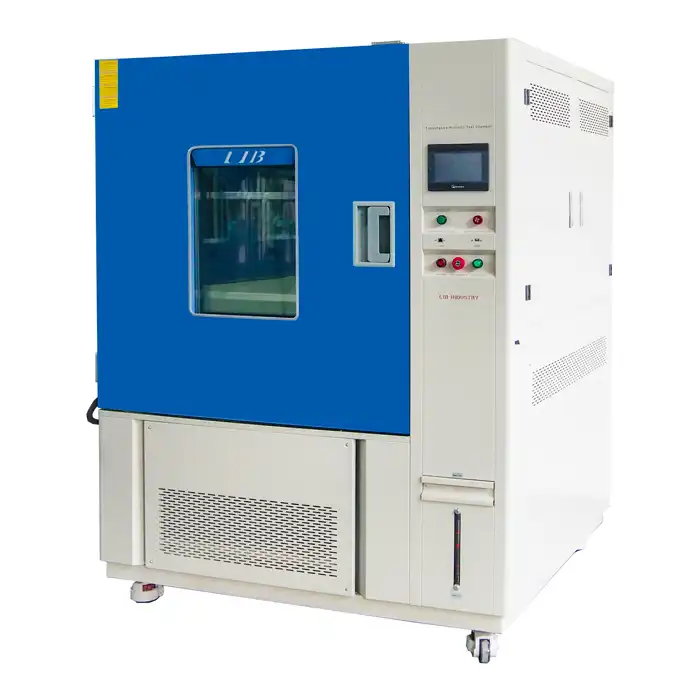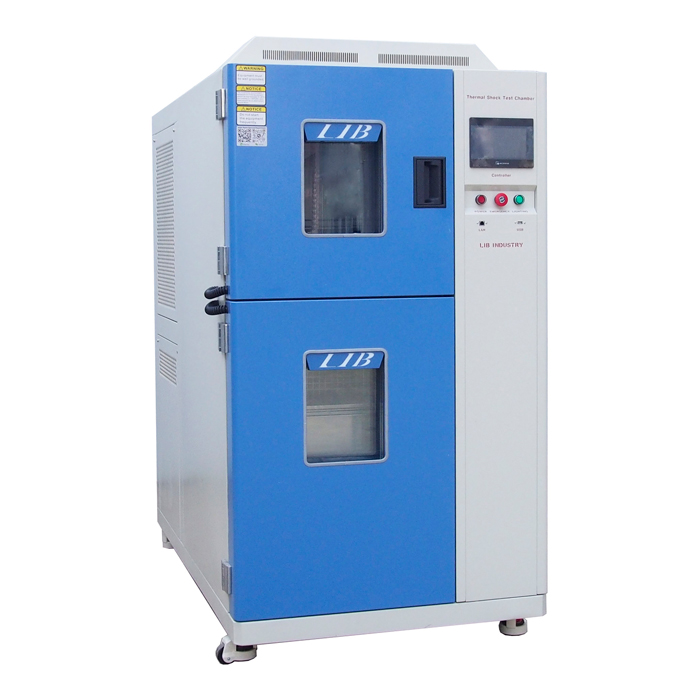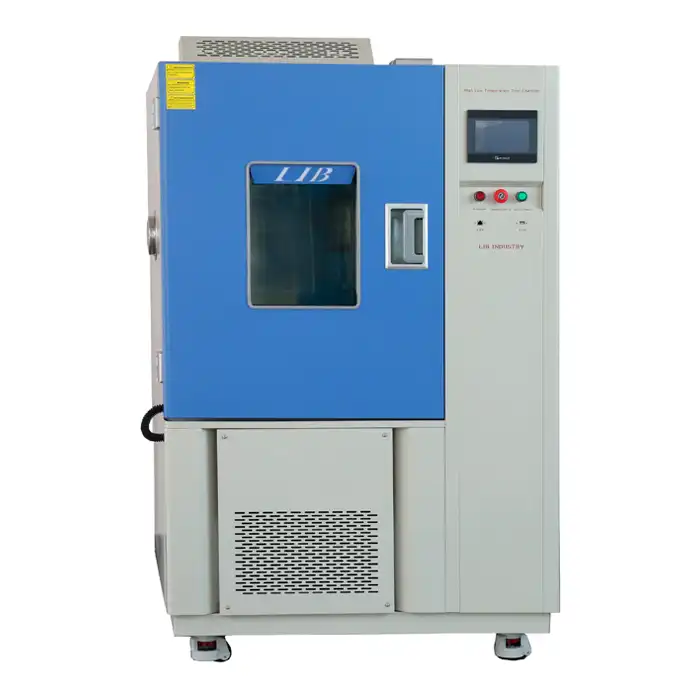What is the UV accelerated test chamber?
When it comes to ensuring the longevity and durability of materials exposed to outdoor conditions, an essential tool in the environmental testing industry is the UV accelerated test chamber. This sophisticated device simulates the effects of ultraviolet (UV) radiation, temperature, and humidity to predict how materials will endure prolonged exposure to sunlight and other environmental factors. In this article, we'll dive into the specifics of what an accelerated weathering chamber is, how it works, and its importance in various industries.
Understanding the UV Accelerated Test Chamber
An accelerated weathering chamber, commonly known as a UV test chamber, is designed to replicate the damaging effects of sunlight, rain, and dew over a short period. These chambers use fluorescent UV lamps to simulate sunlight and can control temperature and humidity to recreate different weather conditions. The primary function of these chambers is to accelerate the aging process of materials, allowing researchers to predict their lifespan and performance under prolonged exposure to the elements. The typical setup of a UV accelerated test chamber includes several key components:
UV Lamps
These are the heart of the chamber, emitting ultraviolet light that simulates the UV portion of sunlight. There are different types of UV lamps, such as UVA and UVB, each providing different wavelengths to replicate various aspects of natural sunlight.
Water Spray System
This system is used to simulate the effects of rain on the tested materials. By periodically spraying water, the chamber can reproduce the wet conditions that materials experience during natural weathering.
Condensation System
To mimic the effect of dew, the accelerated weathering chamber includes a condensation system. This system creates a high-humidity environment by heating water, causing it to evaporate and then condense on the surface of the test materials, replicating morning dew conditions.
Temperature Control
Precise temperature control is essential for simulating different climatic conditions. The chamber can be programmed to cycle through various temperature ranges to assess how materials respond to temperature fluctuations.
Humidity Control
Alongside temperature, humidity is another critical factor in weathering. The chamber can adjust humidity levels to replicate dry and moist conditions, allowing for comprehensive testing of material durability.
These components work together to create a controlled environment where materials can be tested for durability, colorfastness, and resistance to cracking, peeling, and other forms of degradation.
How Does an Accelerated Weathering Chamber Work?
The operation of an accelerated weathering chamber involves several stages, each designed to test specific aspects of material durability. Here's a breakdown of the typical processes:
UV Exposure
The material is exposed to UV light, which simulates the effects of direct sunlight. The intensity and wavelength of the UV light can be adjusted to replicate different conditions, such as the harsh sunlight of a summer day or the milder light of a cloudy afternoon. This exposure helps in understanding how the material's surface will react to UV radiation over time.
Temperature and Humidity Control
The chamber can simulate varying temperatures and humidity levels to mimic different environmental conditions. This is crucial because the combination of UV light, heat, and moisture can accelerate the aging process of materials. By adjusting these variables, researchers can simulate a wide range of climates, from hot and dry to cold and wet.
Condensation and Water Spray
To replicate the effects of rain and dew, the chamber uses a water spray system and condensation cycles. This helps in testing how materials respond to moisture, which is a significant factor in the degradation of many substances. For example, paint and coatings may blister or peel when exposed to repeated wetting and drying cycles.
Through these processes, an accelerated weathering chamber can provide valuable data on the expected lifespan of a material, how it might degrade over time, and what kinds of protective measures might be necessary to enhance its durability.
Importance and Applications of Accelerated Weathering Chambers
The use of accelerated weathering chambers produced by accelerated weathering chamber manufacturers is crucial across various industries, where understanding the long-term effects of environmental exposure on materials is vital. Here are some key applications:
Automotive Industry
Manufacturers use these chambers to test the durability of car paint, plastic parts, and interior materials. By simulating years of exposure to sunlight and weather in a matter of weeks, they can ensure that their products will maintain their appearance and functionality over time.
Construction and Building Materials
In construction, materials such as roofing, siding, and windows are subjected to rigorous testing to ensure they can withstand harsh weather conditions. Accelerated weathering chambers help in predicting how these materials will hold up over the years, ensuring safety and durability in buildings and infrastructure.
Consumer Goods
Everyday products, from outdoor furniture to clothing, are tested to ensure they can endure the elements. Manufacturers use weathering chambers to test for colorfastness, material integrity, and overall longevity, ensuring customer satisfaction and product reliability.
Coatings and Paints
The paint and coatings industry rely heavily on accelerated weathering tests to develop products that can withstand UV radiation, moisture, and temperature fluctuations. This is especially important for products used in outdoor applications, where exposure to the elements is unavoidable.
Aerospace and Marine Industries
Materials used in aerospace and marine environments are subjected to some of the harshest conditions. Accelerated weathering tests help in ensuring that these materials can endure UV radiation, saltwater, and extreme temperatures without compromising safety and performance.
Conclusion
In conclusion, the accelerated weathering chamber is an indispensable tool in the environmental testing industry. By simulating the effects of sunlight, temperature, and moisture, these chambers provide critical data that helps manufacturers and researchers improve the durability and performance of materials. Whether in automotive, construction, consumer goods, or aerospace, understanding how materials react to prolonged exposure to the elements is essential for producing high-quality, reliable products.
For more information on accelerated weathering chambers and how they can benefit your testing needs, feel free to contact us at info@libtestchamber.com.
References
1. ASTM International. (2021). Standard Practice for Operating Fluorescent Ultraviolet (UV) Lamp Apparatus for Exposure of Nonmetallic Materials (ASTM G154-16).
2. Q-Lab Corporation. (2020). QUV Accelerated Weathering Tester.
3. Atlas Material Testing Technology LLC. (2021). Xenon and UV Weathering: Atlas Weathering Testing.
4. Weathering Testing Solutions. (2021). The Importance of UV Accelerated Weathering Tests. Journal of Materials Degradation, 5(3), 145-153.
5. Mark A. Casadevall & Kurt D. Johnson. (2019). Evaluating the Effectiveness of UV Accelerated Weathering Chambers. Polymer Testing, 79, 106054.
6. American Coatings Association. (2020). Weathering Testing for Coatings. Coatings Tech Magazine, 12(4), 20-25.



